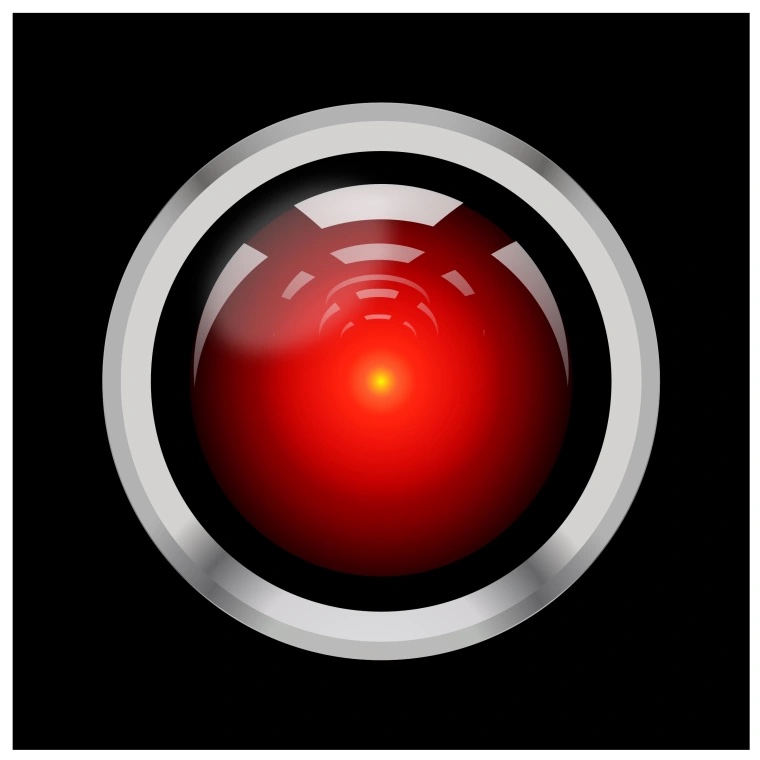Stanley Kubrick’s 2001: A Space Odyssey (1968) provides plenty of slower moments that force a viewer to reflect. One major question I had on my mind was, Where are the women? The few women in the story barely have any screen time or lines, and are minimal in the grand scheme of the film. In a movie set over thirty years from its release, why don’t social advancements imitate technological ones?
Not every film has to include commentary on gender and examine its own politics, but with a film so heavily themed around evolution, it is hard not to think about it. When I looked into these issues on my own, I found a piece by Sarah Lyall about Cat Bohannon and her book “Eve: How the Female Body Drove 200 Million Years of Human Evolution,” which was, in part, inspired by the lack of women in 2001.
Bohannon’s book, and Lyall’s description of it as well as Bohannon’s views, directly identify an often overlooked area of biology, anthropology, and evolutionary studies: women. She discusses the importance of recognizing biological sex differences in order to promote better care for all people as well as to recognize the many ‘Eves’ of evolutionary history.
Having read Lyall’s article about Bohannon’s book and reflecting on my initial questions, I see a continuing pattern– women are being overlooked in another form of evolution: technology. This not only refers to real-life women whose contributions to the field have been overlooked, but also the idea of women in technology and AI. Of course, this has less to to with biological sex and more to do with gender constructs– why are our tech ‘assistants’ in our lives like Siri and Alexa women, but HAL 9000, who automates the spacecraft in lieu of people, is portrayed with a male voice and ultimately regarded as a man? How has artificial intelligence changed in its ‘gender’, both in film and in real life? How did we go from Metropolis’ (Fritz Lang, 1927) false Maria to Hal?
There are plenty of lenses through which one can answer these questions and come up with plausible solutions. As stated in Randy Alfred‘s WIRED article, HAL was originally meant to be Athena, after the Greek goddess, but Kubrick believed that “a male personality and voice would be better for a menacing supercomputer.” Additionally, the voice actor of the HAL 9000 was changed so that HAL would sound less emotional.
It is hard to come up with a neutral analysis of Athena’s change to HAL, and the role of the male voice in HAL’s character. Women have clearly been able to portray menacing, crazy characters in film, so a female voice for a villainous supercomputer can certainly be done. At the same time, having a female-coded AGI controlling the spaceship and taking care of, then killing, the male astronauts within it, would likely spark Freudian discussion around the film with questions about technology and the possibility artificial maternality. ‘Athena’ would certainly change the film and could have left audiences wondering more about the relationship between man and AI and gender rather than the mysteries of the Monolith, evolutionary cycles, and technological advancement.
Finally, I found that in Arthur C. Clarke’s sequels to 2001 and their movie adaptations, there was a feminine version of a HAL 9000-type technology called SAL. The validity of sequels, relationship between source materials and adaptations, and novel form versus film form is another question. Still, it adds a layer of intrigue– why this supercomputer was deemed female, and how and why does SAL’s ‘behavior’ and feminine presentation differ from its (her?) male counterpart, HAL.

Leave a Reply